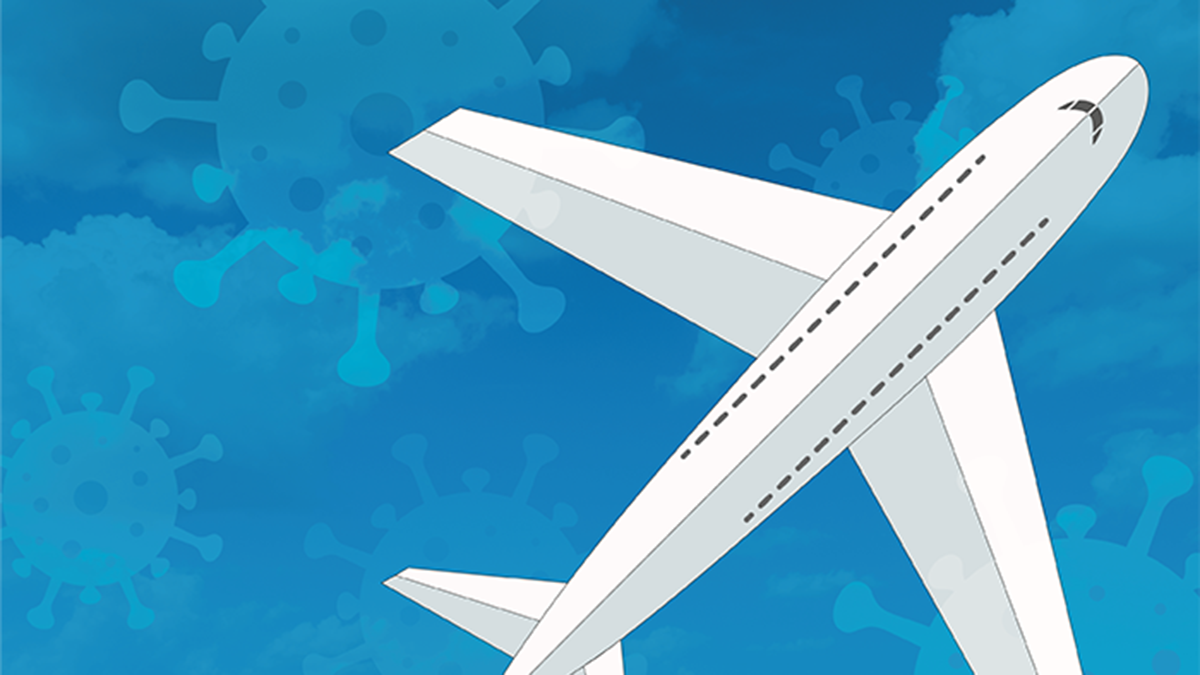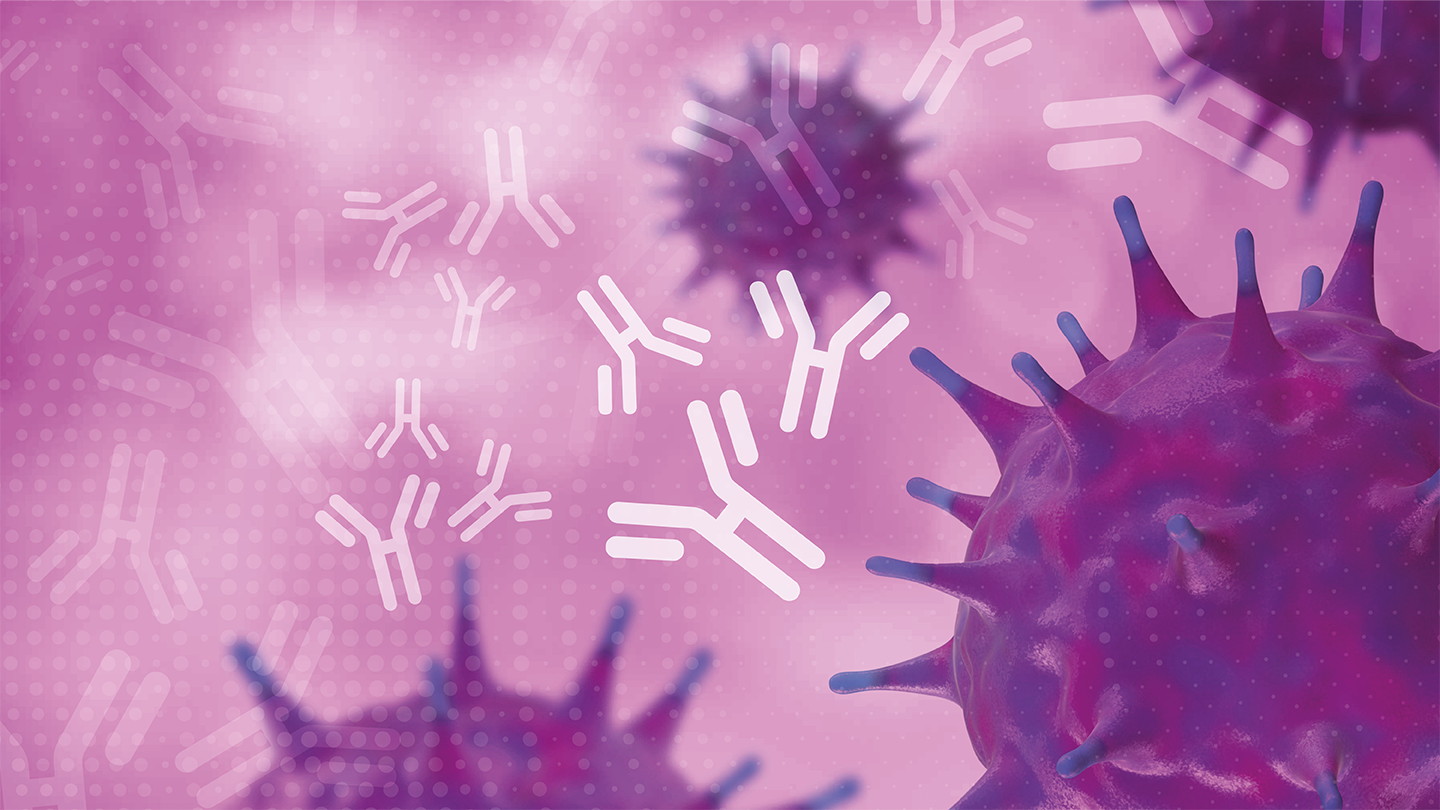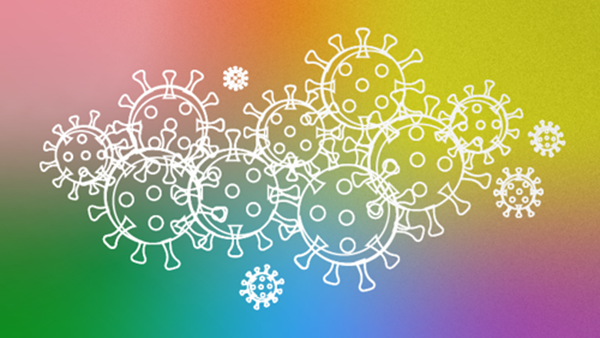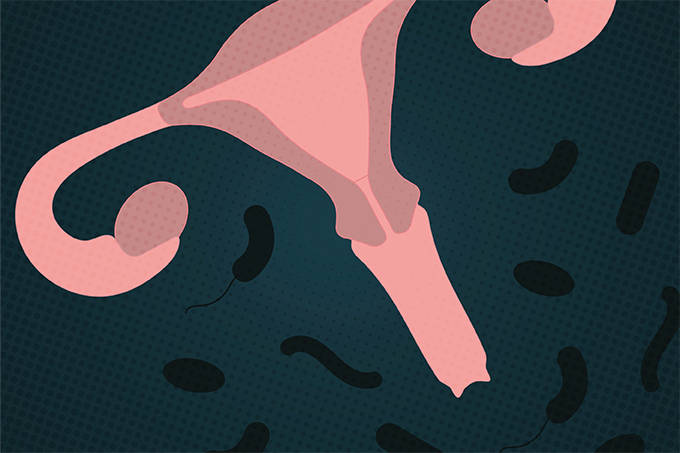All-New Flu Patterns
Pandemic restrictions significantly altered global spread of seasonal influenza, study finds
A study published in Science reveals how COVID-19 pandemic restrictions reshaped the global dynamics of seasonal influenza, disrupting patterns that typically depend on air travel and human mobility.
The team of international researchers observed that, during the most stringent lockdown phase (April 2020 to March 2021), influenza transmission plummeted by more than 95 percent compared with pre-pandemic levels. Influenza viruses, including H1N1, H3N2, and the B/Victoria and B/Yamagata lineages, showed markedly reduced global circulation, with transmission primarily sustained in tropical regions, such as South and Southeast Asia.
The study used a combination of epidemiological, genetic, and international travel data, structured into four distinct periods: pre-pandemic, acute pandemic, transition, and post-pandemic. During the pandemic’s acute phase, limited international travel shifted the hubs of influenza circulation to tropical areas where year-round transmission is possible. By the transition period (April 2021 to April 2023), partial mobility recovery saw gradual resurgence in viral spread, although some lineages, notably B/Yamagata, were rarely detected post-2020. This decrease led the World Health Organization to exclude B/Yamagata from recent trivalent influenza vaccines.
The findings suggest that international travel remains a primary driver of influenza spread. The study’s statistical models demonstrated a strong association between air travel and virus movement, particularly between regions with distinct climates and seasonal cycles.
With international mobility returning to pre-pandemic levels, influenza circulation patterns have largely resumed, emphasizing the need for global surveillance to monitor influenza’s evolution, especially in regions with year-round transmission potential. Co-author Hongjie Yu from Fudan University recommends continued genomic surveillance. “Further efforts should still focus on the continuing surveillance of seasonal influenza viruses and other respiratory pathogens, particularly in resource-limited regions,” commented Yu. “The established surveillance systems for seasonal respiratory pathogens could also play an extremely vital role when the next pandemic emerges in the future.”





